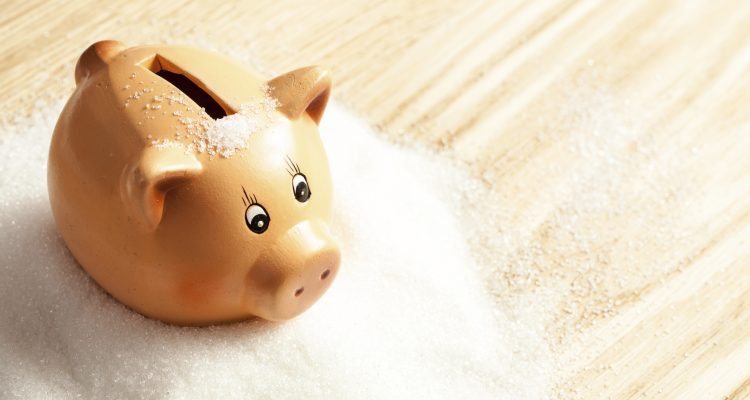
The idea of imposing a tax on sugary foods and drinks is not a recent idea and it is one that has both research and real-world evidence that supports or refutes the idea that a tax could reduce consumption.
A UK study examining the impact of a sugar tax on breakfast cereals and sugary drinks specifically has tried to differentiate itself by also looking at whether labeling (signposting) the presence of the tax could also impact behavior. The findings are striking and do suggest an extra nudge governments can give to encourage healthier spending.
Sugar Tax Study: Summary
- A representational pool of 1,000 people in the UK were used as subjects of the study
- Participants were given £10 to spend on soft drinks and cereals through an online platform designed for the study
- The items were designated by the researchers as “less healthy” or “healthier” based on nutrition content
- The items all had either a 20% or a 40% sugar tax on them
- The participants were allowed to shop as they liked and would have the items they ordered delivered to them and any leftover money credited to them
- Participants were either in a “no signpost” group, where the tax’s presence was not mentioned, or the “signpost” group, where a price breakdown showing the tax was included
- A 40% tax saw a roughly 70% decrease in the purchase of “less healthy” breakfast cereals regardless of whether it was signposted. Among “healthier” breakfast cereals, the purchase decrease was around 70% when signposted but only 20% when not signposted
- A 20% tax saw a roughly 45% decrease in less than healthy cereals when not signposted and closer to a 50% decrease when signposted. The purchase of healthier cereals actually rose 10% under an undisclosed 20% tax but fell over 50% when signposted.
- Among soft drinks, a 40% tax saw purchases of less than healthy drinks fall around 60% regardless of signposting, with a similar result among signposted healthier drinks. However, an undisclosed 40% tax saw healthier purchases fall only about 50%.
- A 20% tax saw similar decreases (~50%) when signposted among less healthy drinks but a smaller (~35%) decrease among healthier drinks. When not signposted, less healthy drinks saw a minimal decrease (~15%) and healthier drinks saw a larger decrease (~50%) than when it was signposted
What This Means
The study shows that signposting a smaller tax increase on sugary foods can have a comparable effect to a large tax increase. This is suggestive of a way to better encourage healthier eating habits without creating too large of a financial burden for consumers.
The flip side is that healthier items may see a decrease in consumption as well if they get also affected by the tax, though a more directed study may be needed to determine that with more certainty.
Bottom Line
- People who have an added tax pointed out to them are more likely to avoid affected products, which provides a possible extra nudge when trying to decide food policies
Source for Today’s Article:
Zizzo, D., et. al., “The Impact of Taxation and Signposting on Diet: An Online Field Study with Breakfast Cereals and Soft Drinks,” York University web site, June 6, 2016; http://www.york.ac.uk/media/che/documents/papers/researchpapers/CHERP131_taxation_signposting_diet_breakfast_cereals_soft_drinks.pdf, last accessed June 9, 2016.













